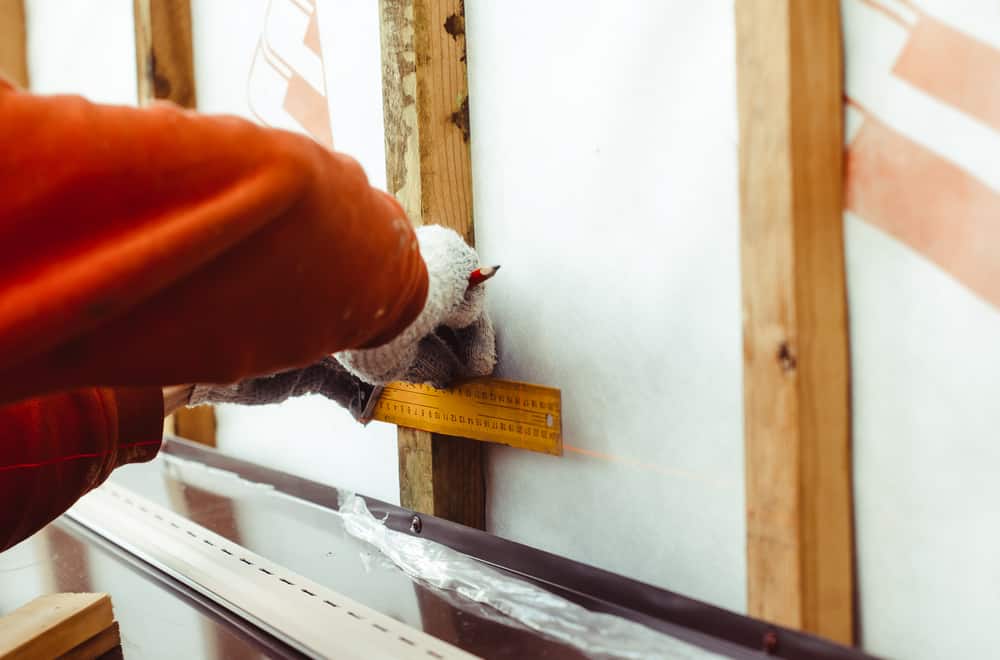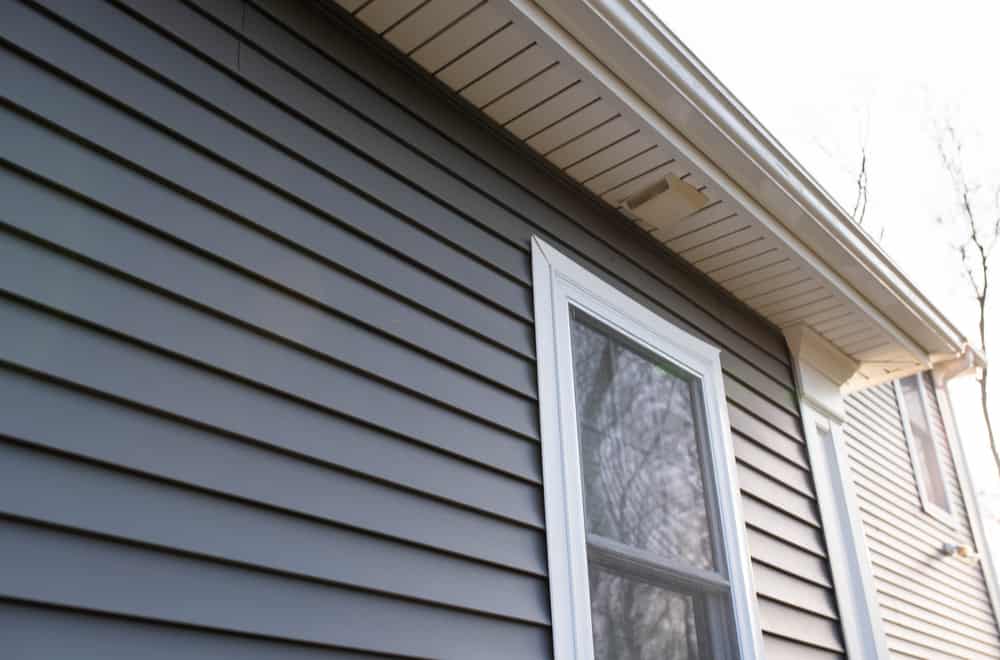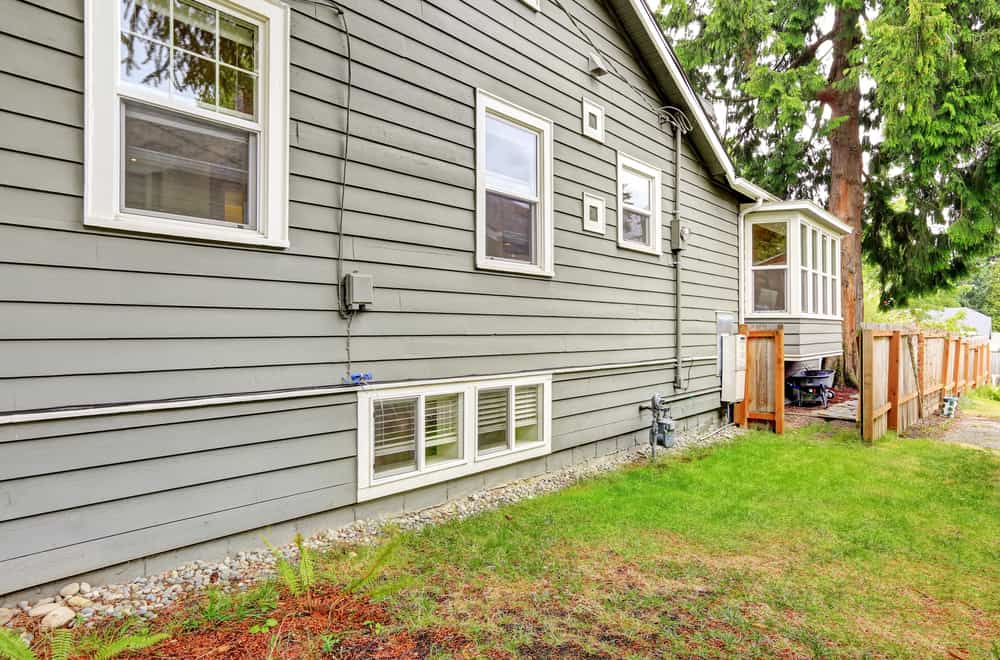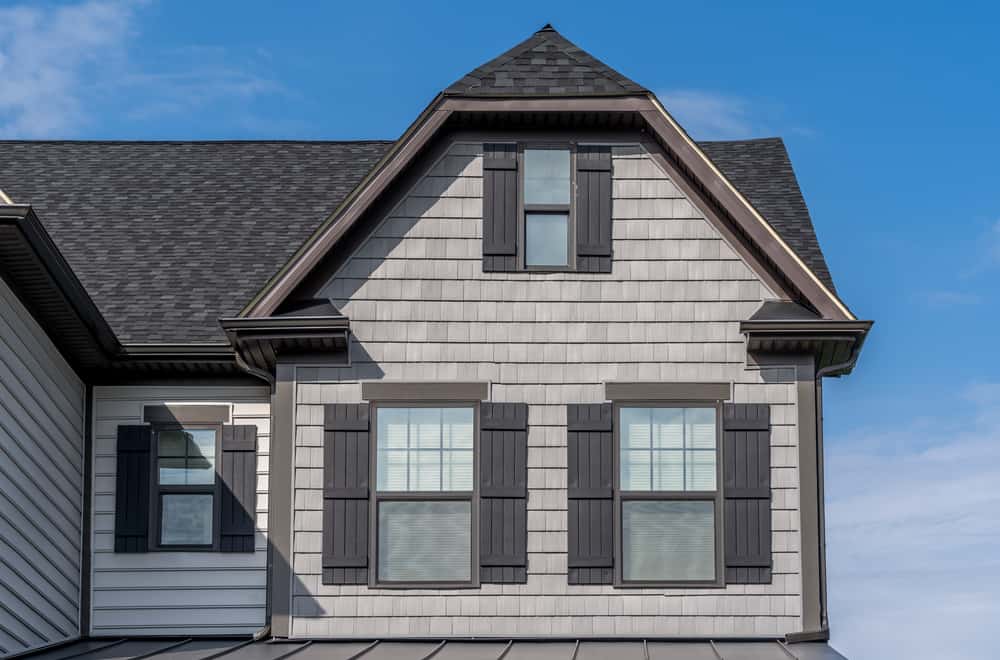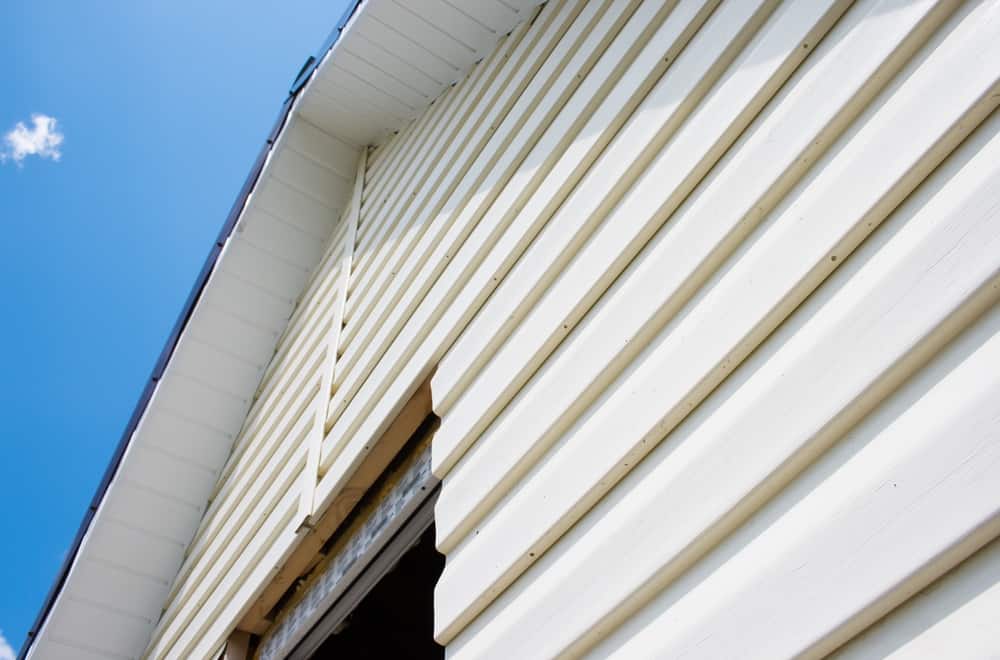A homeowner should precisely calculate how much vinyl siding does he need before starting a construction project. However, measuring the surface is not as simple as you might think. For example, if you have an intricate exterior layout, you might require more material than expected.
The good thing is that companies sell vinyl siding by square. A box of material can cover a surface of either 100 or 200 square feet. Vinyl siding comes in various shapes and forms, and you can also choose between numerous colors.
Table of Contents
How to measure for vinyl siding?
Ideally, projects such as this should be left to the pros. Of course, you can also make the measurements yourself, although it might take some time and expertise.
Basically, as long as you have a measuring tape, ladder, and access to various parts of the house, you can calculate the surface. It all comes down to measuring the height and weight of every wall. Here are the main things you need to consider during the process:
- Start by making a sketch of your home. Although some contractors think this is not necessary, it will help you track the measuring process. The exterior of every house can be separated into several separate parts in the shape of triangles and rectangles.
- You need to measure every exterior wall by multiplying its length with its height. Ideally, you should write down every section’s surface on your sketch.
- There are several approaches when it comes to windows and walls. Most people will include them in the final measurement. That is, they will not reduce the overall surface of a wall by its windows and doors. This is done, so you have some leeway when buying material. It is much better to have more siding than less.
- If you have a large garage door or several huge windows, you might consider deducing the surface of doors/windows from the overall surface of the house. Anyway, you will have to calculate the distances between the edges of the doors and windows and the side of the house.
- In the case of gable walls, you need to measure them as triangles. Use base length and multiply it with the length from base to peak. When you get the number, divide it by 2.
- You will get the overall surface of the exterior walls by combining all these rectangular walls, gable walls, and other minor surfaces.
- Adding 10% to the calculation is crucial. There is always some material waste due to cutting, which is why you will need more siding than you initially thought. We also suggest that you check the return policy before you buy anything.
- You will also need to calculate the quantity of starter strips for the project. You can do this by checking out the linear feet that are at the base of the house.
- A homeowner also needs to consider j-channel. Check the upper part of doors and windows to calculate the exact amount you require during the project.
- Lastly, you will have to measure the height of both outward and inward corners of the house. Make sure to calculate them separately, as you will have to buy trim for these areas.
How much will vinyl siding cost?
On average, a US homeowner will pay somewhere between $5,000 to $17,000 for a vinyl siding. Besides the size of your home, numerous other factors will affect the price. The vinyl siding will cost between $2,50 to $10,75 per square foot if we talk about the surface.
| Square feet | Low end price | High end price |
| 1,000 | $2,500 | $10,750 |
| 1,500 | $3,750 | $16,125 |
| 2,000 | $5,000 | $21,500 |
| 2,500 | $6,250 | $26,875 |
| 3,000 | $7,500 | $32,250 |
| 3,500 | $8,750 | $37,625 |
| 4,000 | $10,000 | $43,000 |
Here are the main things that will affect the final price:
- The quality and style of the vinyl siding are perhaps the most important factors. When we talk about quality, we refer to how long siding will last. This material is rather sturdy and will provide a long-term cover for your exterior. You can also choose between various textures, shapes, and colors. Certain designs are very popular within the architectural community, and you will have to pay extra for them.
- Of course, the siding’s brand name also plays a role. When you purchase from a reputable company, you can rest assured that the siding will be of the highest quality. Furthermore, more prominent brands have excellent store policies and fast delivery times.
- Removal of existing siding can drive the price up quickly. Some materials, such as stone, can be tricky for removal and potentially dangerous. The contractor will also need to hire a material disposal truck.
- Some sidings have unique features that make them harder to install. For example, they might have multiple angles requiring a contractor who has experience with this particular design. Similarly, if you wish to get vinyl siding with extra insulation, you will have to pay extra.
- Of course, the cost will vary depending on who is doing the job. While most prices are relatively similar, reputable contractors usually charge extra. In addition, the labor cost is usually higher depending on the overall difficulty of the project.
What is regarded as quality siding?
While you should never neglect the design of siding, most homeowners focus on quality when making a purchasing decision. This cover usually lasts several decades, so durability is a major consideration before starting a project.
Vinyl siding is a relatively cheap material compared to some other things used for these projects. However, that doesn’t mean you should go with the cheapest alternative. There is a major difference in durability depending on the category of a product you’ve bought.
Generally speaking, the thickness is the main thing determining siding’s durability. Given that all these products are made from the same material, durability separates one item from another. It is easy to spot a resilient product (even if you have no experience) as companies provide longer warranty on these items.
Here are the benefits you get with quality vinyl siding:
- Less prone to sagging and cracking.
- Very high resilience to extreme temperatures makes them ideal for areas with a harsh climate.
- Durable siding is especially great for strong winds.
- Due to increased thickness, quality vinyl siding will provide extra insulation and noise reduction.
Most of these products will range from 0.35 inches to 0.5 inches. While this difference might seem negligible, it makes a significant impact on the results.
What are the common vinyl siding styles?
Besides durability and price, a lot of people choose this material due to its versatility. Manufacturers can create various styles replicating the appearance of stone, wood, brick sidings.
Usually, the texture and shape of the siding will affect the installment cost. Some of them can be really problematic and might require additional knowledge and tools. Here are some of the most common vinyl siding styles and their main features:
Clapboard siding
Lap siding or clapboard siding is the most common cover for exterior walls. It is a traditional solution where contractors place horizontal planks one over the other, so they overlap.
It is worth noting that the upper part of the plank is narrower than its bottom side, which creates a wedge. The top is placed beneath the thick bottom part positioned just above it. So, every horizontal plank will create a small shadow.
Board and batten
Board and batten are a great alternative for all the people who want to create that rustic exterior. The siding has numerous wide boards (12 inches) that are positioned in place with thin wooden strips we call battens.
Dutch lap
Dutch lap has many similarities to clapboard siding, at least in terms of its appearance. However, when you get closer to it, you will notice that these planks have concave tops.
The vinyl siding is trendy among homeowners who want the same features as the traditional clapboard but slightly better visuals.
Smooth siding
As the name implies, smooth siding has a very flat surface. Horizontal planks are placed one on top of another, and they look very similar to natural wood grain. Given that these planks are so smooth, they will give your house a nice, clean look.
Beaded siding
This is a horizontal siding where planks are connected to each one with a rounded ridge. This ridge will create a shadow between planks create a unique visual impression.
Shakes and shingles
Shakes and shingles are some of the most common roofing materials. They can also be used for sidings. Companies create vinyl shakes and shingles as a way of replicating some other wooden alternatives. They are placed one after another, creating an exterior cover that looks like scales. In some cases, homeowners will combine shakes and shingles with Dutch lap or clapboard.
Last thoughts
Calculating the required vinyl siding isn’t that hard. Start by measuring the total surface of your walls, reduce it for larger doors and windows, and make sure to consider all the edges and gables.
It is always better to buy some extra material beforehand. Also, perform a thorough search before hiring a contractor as there are some major differences in the quality of service.
